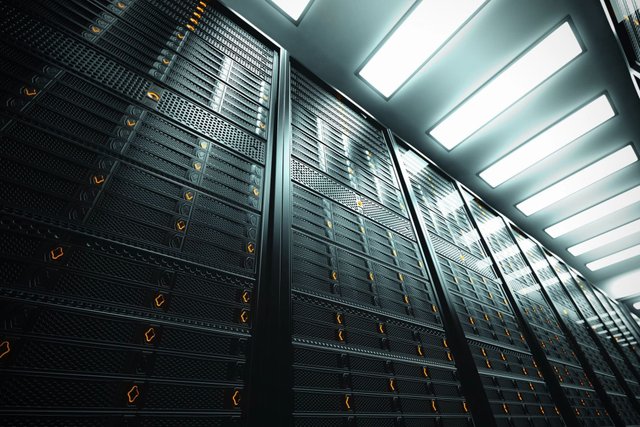Masternodes Explained

The cryptocurrency space has undergone significant growth in recent years, with digital currencies pushing their way into mainstream use. This has led to more and more people learning to use and invest in cryptos.
If you are a crypto adopter or potential user seeking to build passive income while you sleep, one of the best ways you can achieve that is to host a masternode. Masternodes are an attractive alternative to just holding your coins, as they require minimal to no effort on your part to maintain once they have been set up.
If you are not entirely familiar with what a masternode is, this piece will provide you with all the information you need so that you can use masternodes to build wealth.
What Are Masternodes?
Masternodes (MN) are computers that perform specialized functions on a blockchain such as storing the full copy of the blockchain in real time. These nodes also enable services such as budgeting and treasury system in digital currencies, performing instant transactions, strengthening the privacy of transactions, as well as taking part in governance.
Note, however, that the functions performed by a masternode may vary depending on the cryptocurrency it is facilitating. Masternodes receive coins as a reward for completing these tasks. A randomly selected masternode gets a reward for confirming transactions each time a block is mined.
The system is designed such that the algorithm selecting the masternode ensures rewards are distributed in a round-robin style. Running a masternode is fundamentally an alternative to mining. Masternodes support Proof of Stake (POS) blockchains in the same way that miners underpin Proof of Work (POW) blockchains.
These nodes first came into existence through DASH (then Darkcoin), which utilizes the system as part of its blockchain consensus mechanism. Outside of the fact that they execute far more critical functions, masternodes are seen as a better alternative to POW systems because they are more energy efficient.
More so, they guarantee the anonymity of transfers by ‘staking’ or locking away a certain crypto amount within the currency’s network. This ensures faster confirmation times for digital currencies underpinned by masternodes when compared to those that rely on miners.
What Tools Do I Need to Run a Masternode?
Setting up masternodes requires technical knowledge and the ability to follow the directions on a coin’s website. To run a masternode, you need a virtual private server such as that from DigitalOcean or Vultr. You will also require a dedicated IP address as well as some storage space to save the blockchain.
In addition, you need a certain amount of coins to put up as collateral. For instance, a DASH masternode requires you to deposit up to 1,000 DASH. Once you have staked the required amount, you can earn rewards in the form of additional cryptos.
How to Run a Masternode
The guideline for setting up a node may vary depending on the specific coin you are noding. However, the basic steps involve:
- Buy coins on the exchange
- Install the desktop wallet on your computer and sync to the blockchain
- Transfer coins to your wallet
- Create a node address in your wallet, then send cryptocurrency to the newly created address to collect private key and transaction details
- Next, build your server with a provider like Digital Ocean or Vultr
- After configuring the nodes wallet, you will need to start the server by selecting the node daemon. Doing this will sync the server with the blockchain.
- In your desktop wallet, configure the masternode and run it. This will get the node running and generating rewards.
Posted from my blog with SteemPress : https://www.wallstreethodl.com/masternodes-explained/